Please log in to purchase this product.
Unifying Your Professional Knowledge with Orthodontic Books
Please log in to view the price.
Unifying Your Professional Knowledge with Orthodontic Books
Unify Your Professional Knowledge with Orthodontic Books
Are you looking for ways to further enhance your orthodontic know-how? You can find all the current information about process and techniques in full range of orthontics books. Broaden and deeply understand ranging from basic concepts to state-of-the-art advancements in the field of orthodontics. Find and expand your knowledge on preadjusted appliance systems, self ligating appliances, facial-orthopedic treatments, angled implants, tooth movement technologies and other branches of orthodontic practices. Our collection offers up-to-date evidence based guidelines to help you hone your expertise. Let us be your partners in honing professional skills. Get access to an expansive collection of orthodontic textbooks at DentalBooks. We provide books featuring detailed images and step by step procedures along with graphics to illustrate key aspects of various procedures that aid clinician in providing better dental services. Read up on essential topics such as diagnosis and treatment strategies for adults, adolescents, children and cleft lip or palate cases. Shop our vast selection now and start building a strong professional foundation!
Introduction
Are you an orthodontist looking to stay ahead of the curve in your professional field? Unifying your professional knowledge with Orthodontic Books can help you discover new research and technology, and remain knowledgeable about the latest advances in this ever-evolving industry. With the range of topics covered by books on orthodontics, from the basics such as radiological anatomy to more specialized topics like biomaterials selection and treatment planning, Orthodontic Books provide you with a comprehensive platform to advance your skills and understanding of best practices in the field. Whether you are experienced or just beginning your journey into orthodontics, these books will guide you step-by-step towards improved efficiency and productivity.
Developing Clinical Skills with Orthodontic Books
As an orthodontist, developing clinical skills is essential to ensure you are providing the best possible treatment for your patients. Clinical skills are developed through a combination of experience and education; however, having the right resources can make all the difference in how quickly these skills can be absorbed and applied. Orthodontic books are a great way to develop your understanding of different orthodontic treatments and further refine your clinical skills.
The American Board of Orthodontics publishes documents related to orthodontic care that detail treatments such as preventive/interceptive/corrective orthodontics, surgical or skeletal effects that may affect treatment, diagnosis and management of malocclusions and craniofacial anomalies. These documents provide dentists with the necessary information to give their patients excellent care, including case studies that show real world scenarios and examples of techniques used by experienced practitioners. Additionally, books published by respected orthodontists provide detailed explanations of specific treatments and procedures they have found successful in their practice.
Orthodontic textbooks offer a wealth of knowledge on such topics as braces, bridges and retainers, TMJ (temporomandibular joint) disorders, tooth extraction and restoration techniques, bonding technology advancements, diagnostic imaging methods and digital technologies like CBCT scans. These textbooks provide valuable insights into why certain techniques work better than others so that practitioners can understand which types of treatments will result in the most satisfactory outcomes for their patients. Furthermore, recent research related to new medical requirements for braces or other treatments can also be found in these books.
In addition to practical knowledge related to patient care practices Orthodontic books offer important lessons on safety protocols like infection control standard operating procedures and how best to handle sterilized equipment – both critical factors when it comes to protecting patient health. Further still many publications go beyond simply describing how to perform specific activities and instead delve deeper into relevant physics behind processes such as articulators and mechanics which rely heavily on waves principles. By exploring these scientific principles you can ensure your practice is up-to-date with industry standards while providing expert treatments for all your patients.
Whether you’re just starting out or an experienced professional, developing improved clinical skills is a necessity for any practicing dentist or orthodontist. With orthodontic books offering detailed insight on various treatments from experienced professionals paired with the latest research findings provided by respected publishers, investing time reading up on the topic will deliver invaluable return in the form level of enlightenment thus enabling you to provide superior quality care for patients under your watchful eye!
Updated Concepts and Research in Orthodontics
Orthodontics is a branch of dentistry which focuses on correcting and aligning the teeth and jaws. It is among one of the most popular specialties in dentistry, as more adults are seeking out orthodontic treatment to improve their smiles. Recent technological advancements have revolutionized the field of Orthodontics, as well as modern research and evidence-based practices. In turn, updated concepts and research in Orthodontics are being implemented that allow for improved treatment results, quicker treatment times, and an overall greater patient experience.
One such updated concept in Orthodontics is self-ligation technology. Self-ligation brackets are brackets without elastomeric ties. Instead, these brackets use slide mechanisms that can be adjusted quite easily by the orthodontist to enable movement in various directions as desired. This feature allows for faster tooth movement due to decreased friction, thus leading to shorter treatment time with fewer appointments required. Additionally, they are often more comfortable during treatment due to decreased rubbing against soft tissues in the mouth.
Another major advancement involves digital Orthodontic imaging systems such as CBCT (cone beam computed tomography). These technologies produce highly detailed 3D images of teeth and facial structures used by orthodontists to plan treatments with unprecedented accuracy and precision. As a result of improved diagnostics, it enables effective planning prior to treatment so corrections can be accomplished with maximum efficiency and efficacy while minimizing risks associated with potential complications from treatments.
Lastly, advances made in material science has enabled orthodontists to now offer virtually invisible alternatives to traditional metal braces such as ceramic braces or clear aligners like Invisalign®. Ceramic braces blends more discretely into the smile being composed of rings that match enamel shades which make them less noticeable compared to metal ones if aesthetic considerations for the patient are important. Clear aligners allow for a completely invisible solution when treating simple dental corrections since they fit perfectly over the teeth without compromising efficacy or accuracy associated with traditional appliances but still provide flexibility in terms of convenience since patients can remove them at any time during wear periods dictated by their doctor’s instructions.
Overall, recent innovations in Orthodontics have enabled professional clinicians to provide improved assessments, diagnoses accuracy and increased treatment options catering towards individual needs of each patient resulting in ultimately better care quality outcomes across all areas like speed of correction degree of difficulty anatomic placements appearance cosmetic satisfaction etc., improving overall quality life standards perception social acceptance positive outlook mentally emotionally physically socially etc.. Utilizing updated concepts and research outcomes within the regions of Orthodontics opens up doorways allowing practitioners specialists alike access today’s higher level capabilities capacities available regarding services offerings providing a viable step forward transiting respective professions forward present-day evolved level standard formulations tailored meet further aid clientele underling issues assisting promoting healthier populations worldwide!
Utilizing Key Diagnostic Tools from Orthodontic Texts
Utilizing key diagnostic tools from orthodontic texts is an essential part of being a successful orthodontist. These tools help to accurately diagnose a patient’s condition, allowing for efficient and effective treatment plans to be developed that are tailored precisely to the needs of each individual patient. Knowing how and when to use these tools correctly is crucial for providing excellent patient care that follows evidence-based standards and best practices.
Some of the most important diagnostic tools used by orthodontists today include radiographs, such as panoramic or cephalometric images; hand analysis examination; craniocervical analysis; dental casts; wax bite registration; extraoral photographs (frontal view and profile view); and orofacial photos. Each of these diagnostic instruments provides valuable insight into a patient’s overall condition so that an informed decision can be made regarding proposed treatments.
Radiographs allow an orthodontist to take a look at all aspects of the teeth, jaws, and facial bones in detail without having to do any invasive procedures. This type of imaging technology gives the practitioner invaluable information about things like growth patterns, airway measurements, root lengths and curvature, tooth alignment, and more. X-rays also provide useful information about areas surrounding the mouth, including the sinuses and nasal passages. This can help in diagnosing conditions such as sleep apnea or obstructive respiratory disorders, which may require specific therapeutic interventions depending on their severity.
The hand examination technique is significant because it allows an orthodontist to check many aspects of the occlusion or jaw relationships between the upper and lower sets of teeth. During this examination, various points are palpated around various muscles in order to evaluate shifting patterns when contact is made with different sides of the teeth or palate. The craniocervical exam is extremely important because it helps determine how well connected the joints in both areas are working together during movement. In addition, it also assesses how much mobility exists within those joints and whether there’s any discomfort when certain movements occur. Craniocervical instability can lead to numerous issues such as TMJ disorder and headaches if not addressed properly via appropriate interventions such as custom oral appliance therapy or bite splints depending on the severity level found through these examinations.
Accurate dental casts generate vital data while planning complex cases such as clear aligner trays with Lingual Hidden Clasp Orthodontics (LHCO). Spring evaluation also becomes simpler since exaggerated curves associated with occlusal trauma as well as worn down surfaces will appear clearly along with instrumented markings created on them already before they reach lab technicians’ hands. Occlusograms grabbed after involving patients in exercises like projection or jump can provide powerful information whether arch expansion will be beneficial here or should one proceed directly towards class III treatment whatever case mandates at that time.
Wax bite registration offers practitioners a tool for accurately assessing how two teeth meet each other (their centric relation position) as opposed to where typical end bites occur partially due to muscular influences across anterior cuspid regions mostly seen in bimaxillary protrusion anomalies requiring reconstructive surgeries like mandibular “distractionology” involving customized implants too catered specifically for these needs affecting skeletal interrelationship extensively fixed permanently thereafter making sure permanent stability prevails from then forward facilitating symmetry simultaneously too even later!
In addition, extraoral photographs allowthe practitioner to get an overall understanding of the facial structure by looking at it from straight aheadand profile angles as well as orofacial photos whichhelp identify subtle changes that may be present butdifficult to detect otherwise dueas its multi layered designs prove pivotal infinding early signs of potential pathologiesbeing imminent down line thus speeding updiagnostic process accordingly by finding core rootcauses earlier leading towards better therapeutic results too!
Overall, utilizing key diagnostic tools from orthodontic texts ensures that practitioners have access to accurate information necessaryfor developing personalizedtreatment plans that are tailoredto meet individualized needs successfully sothat research based outcomes have higherchancesof thriving long term favoringpatients positively ideally speaking makingit win –win situation every step ofthe way given inevitable advantages provensince inception ensuring optimal course everysingle time concluding ultimate perspectivehere wisefully converging everything intopertinent decisions empowering future generationsforwardlong lasting benefits proving essentialityallocated here highly esteemed among peers!
Integrating Technologies and Orthodontic Books
Integrating technology and orthodontic books is an incredibly important step in the advancement of the orthodontics profession. Orthodontics is a highly specialized field that requires practitioners to stay up-to-date on the latest techniques and advancements in the industry, which can quickly become overwhelming with the abundance of knowledge available. Integrating technology with classic texts offers practitioners the ability to remain knowledgeable about current trends, procedures, and patient care while simplifying their access to resources.
Technology integration can be done by integrating pertinent subject matter from traditional books into digital form through platforms such as eBooks or video streaming. Ebooks offer practitioners quick access to vital information including anatomy, standard treatment protocols, rapid diagnosis guides, case studies and more, allowing for enhanced comprehension of various topics discussed in classic texts. In addition, practitioners are provided with updated material at their fingertips that allows them to keep abreast of new treatments and medications related to their specialty. Similarly, video streaming provides visual demonstrations or 3D imaging that help supplement even the most intricate concepts found within traditional orthodontic books.
By combining modern technology and classic orthodontic books, students and practicing professionals alike have easy access to scholarly articles presented in interactive formats that enhance learning experiences. The incorporation of digital media encourages engagement as participants manipulate simulations and drills in a more tangible manner than classical text alone permits. Additionally a better understanding is achieved through watching workflows within actual offices presented via video streaming versus simply pictorials found in textbooks which further enhances assimilation and appropriate execution upon graduation or reentry into practice following continuing education courses.
In conclusion, blending the historical style methods of teaching brought forth from standard texts along with newer advances introduced with technological integration assists both educators and dentists in staying ahead of industry changes providing knowledgeable professionals who place patient’s needs at heart realizing optimal outcomes when treating malocclusions both accurately and efficiently.
The Benefits of Unifying Professional Knowledge with Orthodontic Literature
Unifying professional knowledge with orthodontic literature is an important step towards advancing the field of orthodontics. By utilizing professional resources such as academic journals and textbooks, a practitioner can stay up-to-date on new advancements in research, clinical treatments, diagnosis and management for various orthodontic conditions. This ensures that practitioners are abreast of products, materials and techniques to best serve their patients while maintaining high standards of care.
When professional knowledge is unified with orthodontic literature, it offers increased opportunities for professionals to share information among themselves more efficiently. By communicating with one another about particular areas of interest, clinicians can make well-informed decisions about treatment plans for their patients. For example, if an individual wishes to pursue a career in advanced dental hygiene practices, they will have access to applicable articles from journals or textbooks which examine these topics in depth. Additionally, this information sharing platform can encourage patient education through lectures or articles related to important modern issues such as oral health promotion or preventive measures; allowing those seeking additional guidance to learn valuable information regarding proper care for particular cases.
Furthermore, when unifying professional knowledge with orthodontic literature, practitioners are able to access current evidence-based practices and apply them effectively to their own practice. The use of randomized controlled trials discussed in journals provide practitioners with greater insight into whether proposed interventions produce significant results; helping them further develop their treatment methods and processes according to empirical data. Orthodontists may also use certain sources of literature conduct clinical research analyses by collecting relevant evidence pertaining to their topic area – forming the basis for much needed craniofacial studies and developments.
In conclusion, unifying professional knowledge with orthodontic literature provides practitioners with sound resources in the form of comprehensive academic texts and journal publications which serve as conduits between improvements in technology, communication among specialists and findings from recent medical breakthroughs. With enhanced educational material at their disposal combined with direct shared research experiences within the profession, members can feel confident that they are providing a quality service for patients which reflects contemporary theory paired with practical application.
Conclusion
In conclusion, unifying your professional knowledge with orthodontic books is an important part of staying on top of the latest in specialty information. Not these resources provide you with the broad-based understanding and insight necessary to thrive in this field, they also allow you to stay up-to-date on new techniques and research within a relatively small investment. This makes it possible for anyone involved in the profession make well-informed decisions when it comes to their practice or career goals. Investing in quality orthodontic study materials can help set any practitioner apart from those around them by improving their efficiency and accuracy for a fraction of the cost.
Excerpt
Orthodontic books provide the opportunity to unify your knowledge and stay up-to-date on various aspects of dentistry and orthodontics. They cover the scope of research, clinical applications, treatment options, diagnosis and management of malocclusions and facial growth deformities. The goal is to use these resources to improve patient care through a better understanding of dental and craniofacial development.
Only logged in customers who have purchased this product may leave a review.
Related Products
JOURNALS/ARTICLES
Excelling in Dentistry: Unveiling the 20 Best Dental Online Courses for Dentists in 2023
JOURNALS/ARTICLES
Unveiling the 20 Best Dental Online Courses for Dentists in 2023
JOURNALS/ARTICLES
Explore the Top 20 Dental Online Courses for Dentists in 2023
JOURNALS/ARTICLES
Unveiling the 20 Best Dental Online Courses in 2023 for Dentists
JOURNALS/ARTICLES
Discover the Top 20 Dental Online Courses in 2023 for Dentists
JOURNALS/ARTICLES
JOURNALS/ARTICLES
JOURNALS/ARTICLES
Top 10 Best Orthodontics Books to Enhance Your Knowledge in 2023
JOURNALS/ARTICLES
Get Ahead in Your Orthodontics Career: 20 Essential Books Every Student Should Read
JOURNALS/ARTICLES
A Comprehensive Guide to the Top 20 Orthodontics Books of All Time
JOURNALS/ARTICLES
JOURNALS/ARTICLES
Uncover the 20 Top Orthodontics Books to Guide Your Education
JOURNALS/ARTICLES
JOURNALS/ARTICLES
Get the Edge on Orthodontics: Uncovering the Top 20 Books of All Time
JOURNALS/ARTICLES
An Essential Reading List: The 20 Best Orthodontics Books of All Time
JOURNALS/ARTICLES
A Comprehensive Look at the Leading Orthodontics Resources Available
JOURNALS/ARTICLES
Advance Your Orthodontic Knowledge – Top 20 Recommended Books
JOURNALS/ARTICLES
Uncover the Riches of Orthodontic Knowledge: A Review of the 20 Best Orthodontics Books
JOURNALS/ARTICLES
JOURNALS/ARTICLES
5 Must-Read Books on Orthodontics for Healthcare Professionals
JOURNALS/ARTICLES
JOURNALS/ARTICLES
Find Out What Orthodontist Achieve with Recommended Reading Materials
JOURNALS/ARTICLES
JOURNALS/ARTICLES
An Overview of the Best Orthodontic Books for Dental Professionals
JOURNALS/ARTICLES
Discovering the Best Dental Books at UNSW Sydney: A Guide for Students
JOURNALS/ARTICLES
Discovering the Best Dental Books at the University of Bristol Library
JOURNALS/ARTICLES
Discovering the Best Dental Books at Ecole normale supérieure, Paris: A Guide for Students
JOURNALS/ARTICLES
Discovering the Best Dental Books at KAIST: Korea Advanced Institute of Science & Technology
JOURNALS/ARTICLES
JOURNALS/ARTICLES
Discovering the Best Dental Books at UCSD: A Guide for Students
JOURNALS/ARTICLES
Discovering the Best Dental Books at Peking University: A Guide for Students and Professionals
JOURNALS/ARTICLES
Discovering the Best Dental Books at Kyoto University Library
JOURNALS/ARTICLES
Discovering the Best Dental Books at Seoul National University Library
JOURNALS/ARTICLES
Discovering the Best Dental Books at London School of Economics and Political Science (LSE)
JOURNALS/ARTICLES
JOURNALS/ARTICLES
Discover the Best Orthodontics Books in PDF Format for Free Download
JOURNALS/ARTICLES
Top 100 Best Orthodontics Books: A Comprehensive Guide to the Must-Reads for Orthodontists
JOURNALS/ARTICLES
JOURNALS/ARTICLES
Top 20 Best Orthodontics Books: A Comprehensive Guide to the Must-Reads for Orthodontists
JOURNALS/ARTICLES
JOURNALS/ARTICLES
JOURNALS/ARTICLES
Top 5 Best Orthodontics Books: A Comprehensive Guide to Finding the Right Resource for You
JOURNALS/ARTICLES
50 of the Best Orthodontics Books to Read: A Comprehensive Guide for Orthodontists
JOURNALS/ARTICLES
Dental Care: A Guide to Understanding the Basics of Dentistry Books
JOURNALS/ARTICLES
Exploring the Benefits of Reading Books on Dentistry: A Guide for Dental Professionals
JOURNALS/ARTICLES
Exploring the Benefits of Reading Books on Dentistry: A Guide for Patients and Professionals
JOURNALS/ARTICLES
JOURNALS/ARTICLES
Discover the Best Dental Books Online in Ireland: A Guide to Finding Quality Resources
JOURNALS/ARTICLES
Discovering Dental Books Online in Belarus: An Informative Guide
JOURNALS/ARTICLES
Discover the Best Dental Books Online in Nigeria: A Guide to Finding Quality Resources
JOURNALS/ARTICLES
Discovering Dental Books Online in Albania: An Informative Guide
JOURNALS/ARTICLES
Discovering Dental Books Online in Palestine: A Guide to Finding Quality Resources
JOURNALS/ARTICLES
JOURNALS/ARTICLES
Discovering Dental Books Online in Guatemala: A Guide to Finding Quality Resources
JOURNALS/ARTICLES
Discovering Dental Books Online in Kazakhstan: An Informative Guide
JOURNALS/ARTICLES
JOURNALS/ARTICLES
JOURNALS/ARTICLES
Discover the Best Dental Books Online in Sri Lanka: A Guide to Finding Quality Resources
JOURNALS/ARTICLES
JOURNALS/ARTICLES
Discovering Dental Books Online in South Africa: A Guide to Finding Quality Resources
JOURNALS/ARTICLES
Discovering Dental Books Online in Afghanistan: A Guide to Finding Quality Resources
JOURNALS/ARTICLES
Discover the Best Dental Books Online in Costa Rica: A Guide to Finding Quality Resources
JOURNALS/ARTICLES
Discovering Dental Books Online in Uzbekistan: An Informative Guide
JOURNALS/ARTICLES
Discovering Dental Books Online in Hong Kong: A Guide to Finding Quality Resources
JOURNALS/ARTICLES
Discovering Dental Books Online in Slovakia: An Informative Guide
JOURNALS/ARTICLES
Discover the Best Dental Books Online in Singapore: A Guide to Finding Quality Resources
JOURNALS/ARTICLES
Discovering the Best Dental Books Online in Iran: A Guide to Finding Quality Resources
JOURNALS/ARTICLES
Discovering Dental Books Online in Mongolia: An Informative Guide
JOURNALS/ARTICLES
Discover the Best Dental Books Online in Nepal: A Guide to Finding Quality Resources
JOURNALS/ARTICLES
Discovering Dental Books Online in Algeria: An Informative Guide
JOURNALS/ARTICLES
JOURNALS/ARTICLES
Discover the Best Dental Books Online in Portugal: A Guide to Finding Quality Resources
JOURNALS/ARTICLES
Discovering Dental Books Online in Jordan: An Informative Guide
JOURNALS/ARTICLES
Discover the Best Dental Books Online in Ukraine: A Guide to Finding Quality Resources
JOURNALS/ARTICLES
Discovering Dental Books Online in Iraq: An Informative Guide
JOURNALS/ARTICLES
Discovering Dental Books Online in Ecuador: An Informative Guide
JOURNALS/ARTICLES
Dental Books Online in Ethiopia: A Guide to Finding Quality Resources
JOURNALS/ARTICLES
Dental Books Online in Georgia: A Guide to Finding Quality Resources
JOURNALS/ARTICLES
Dental Books Online in Romania: A Guide to Finding Quality Resources
JOURNALS/ARTICLES
Dental Books Online in Australia: A Guide to Finding Quality Resources
JOURNALS/ARTICLES
Dental Books Online in Yemen: A Guide to Finding Quality Resources
JOURNALS/ARTICLES
Discover the Best Dental Books Online in Malaysia: A Guide to Finding Quality Resources
JOURNALS/ARTICLES
Discover the Best Dental Books Online in Kenya: A Guide to Finding Quality Resources
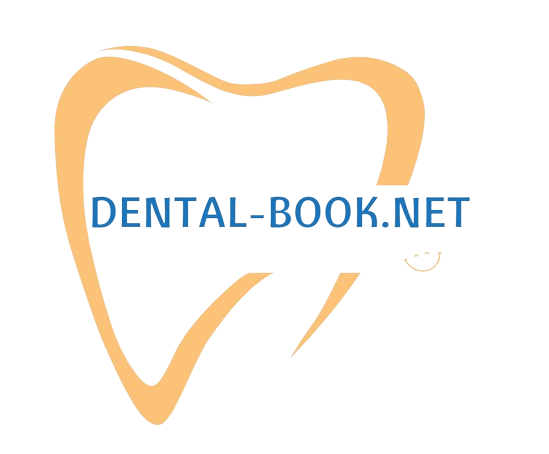



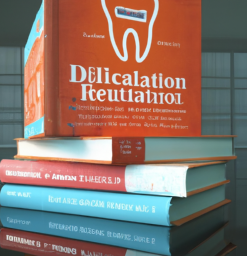
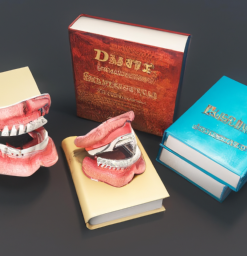

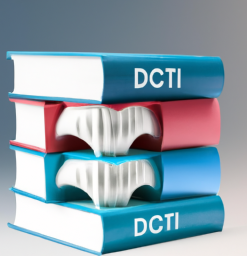
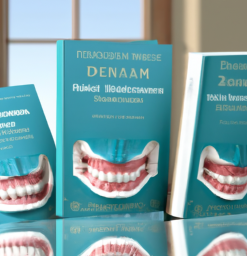
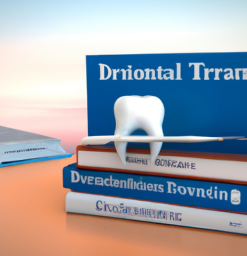


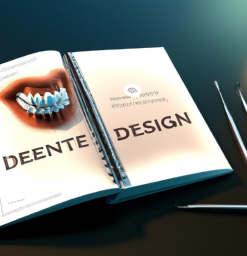
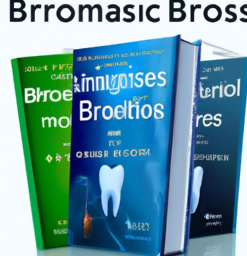

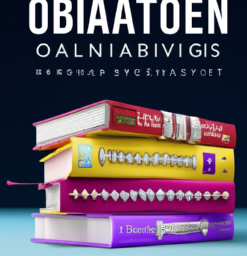

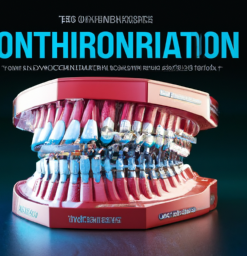
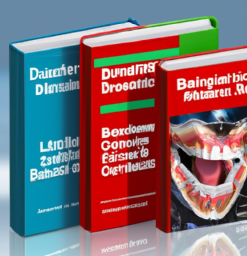





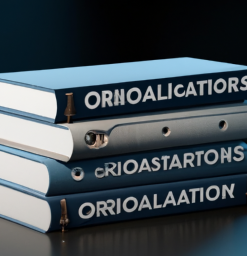

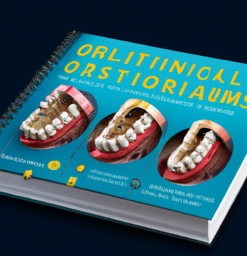


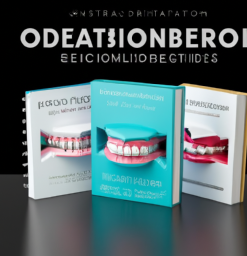
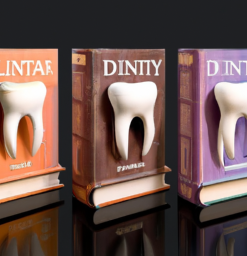
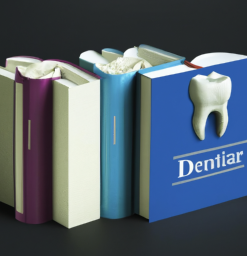
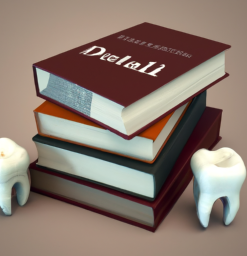
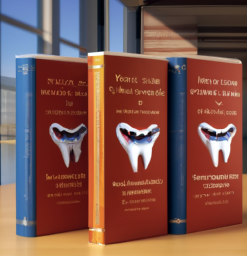
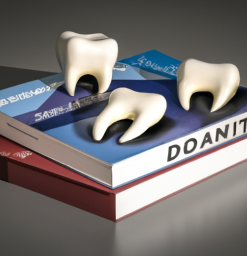
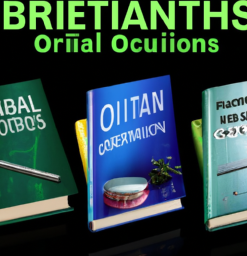
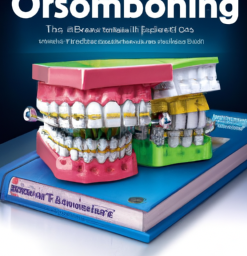


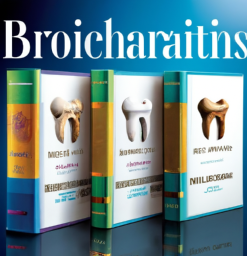
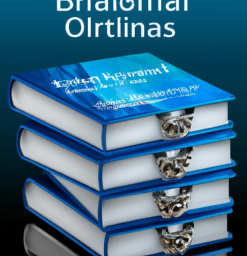
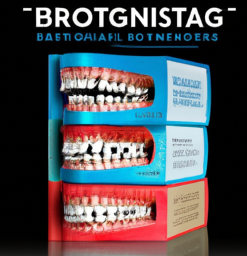


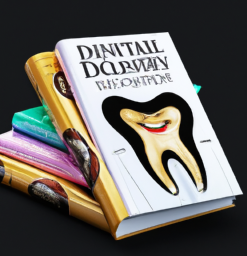
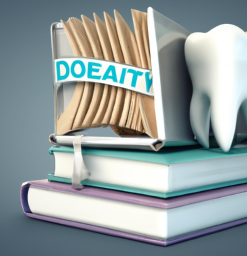
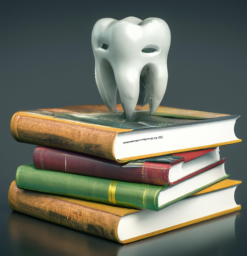

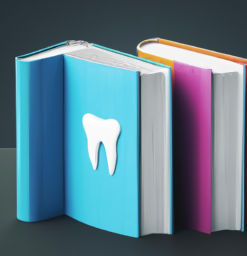


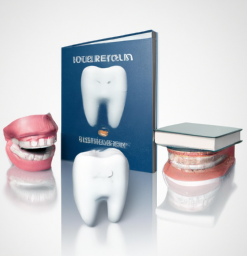
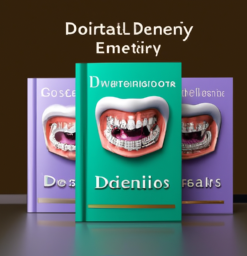
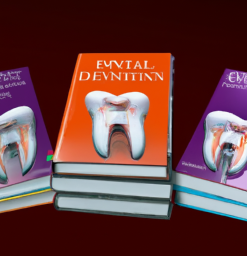
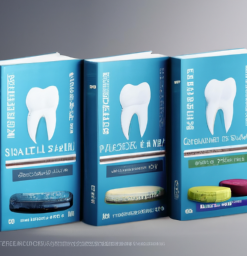
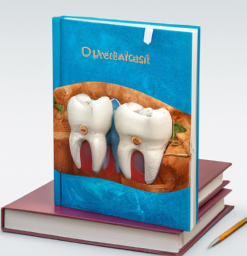
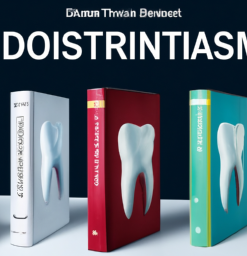

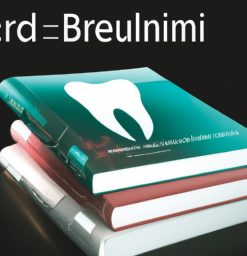


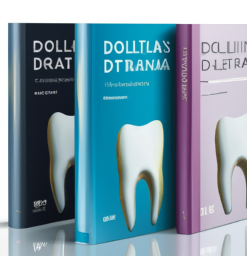
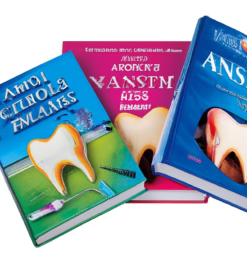

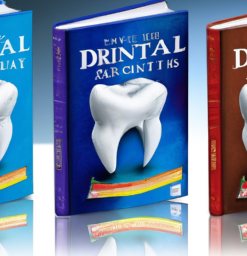
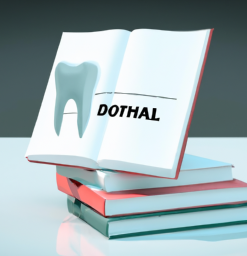

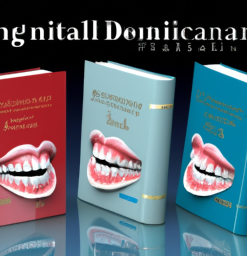


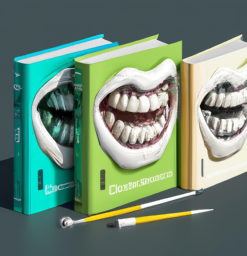
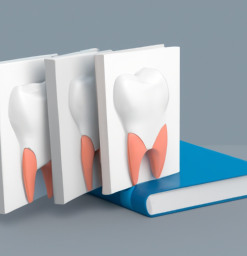

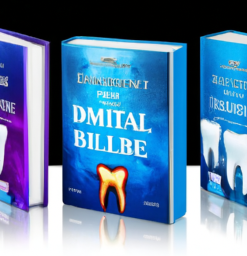
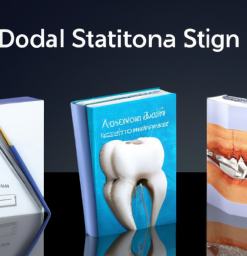
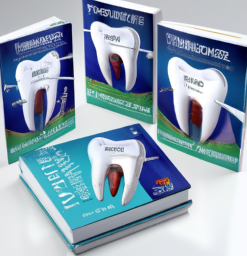
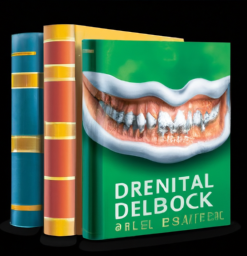
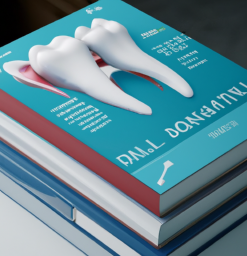
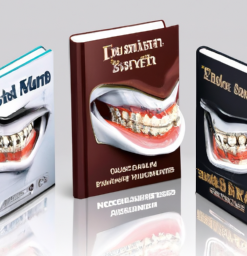
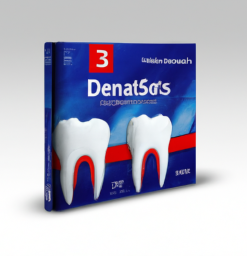
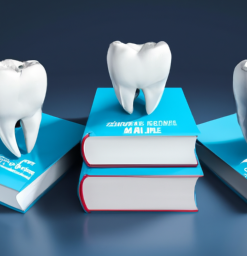
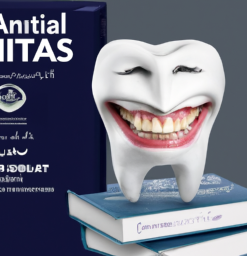
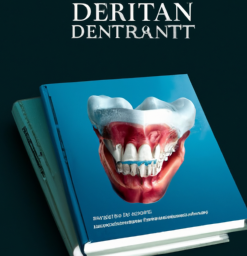

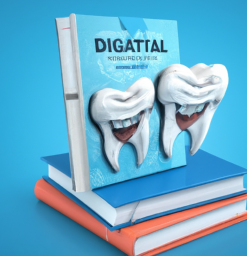
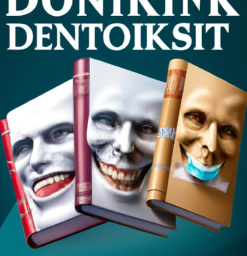

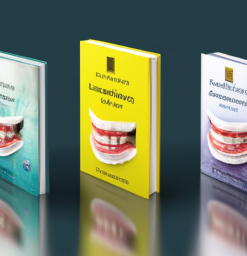

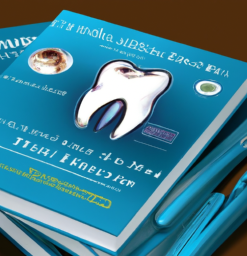
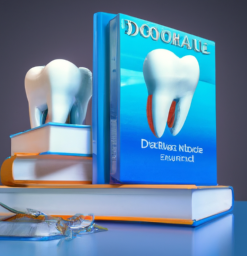
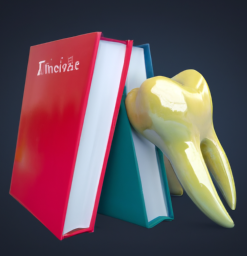

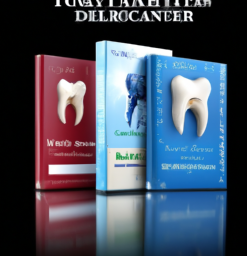
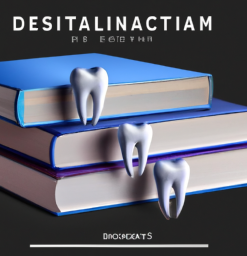
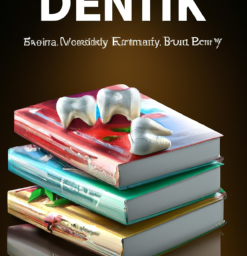
Reviews
There are no reviews yet.